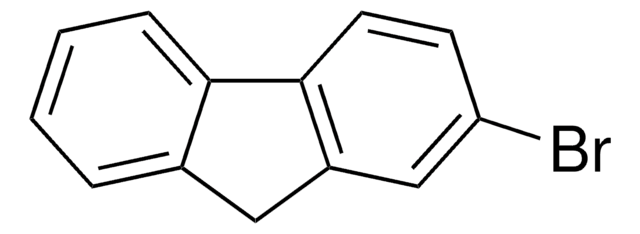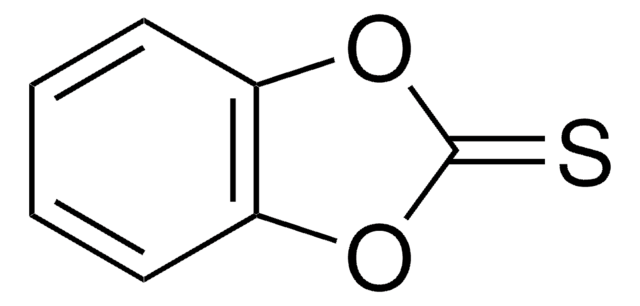About This Item
Recommended Products
Assay
97%
form
solid
mp
57-62 °C
SMILES string
CC1(C)c2ccccc2-c3ccc(Br)cc13
InChI
1S/C15H13Br/c1-15(2)13-6-4-3-5-11(13)12-8-7-10(16)9-14(12)15/h3-9H,1-2H3
InChI key
MBHPOBSZPYEADG-UHFFFAOYSA-N
General description
Storage Class Code
13 - Non Combustible Solids
WGK
WGK 3
Flash Point(F)
Not applicable
Flash Point(C)
Not applicable
Choose from one of the most recent versions:
Certificates of Analysis (COA)
Don't see the Right Version?
If you require a particular version, you can look up a specific certificate by the Lot or Batch number.
Already Own This Product?
Find documentation for the products that you have recently purchased in the Document Library.
Active Filters
Our team of scientists has experience in all areas of research including Life Science, Material Science, Chemical Synthesis, Chromatography, Analytical and many others.
Contact Technical Service








